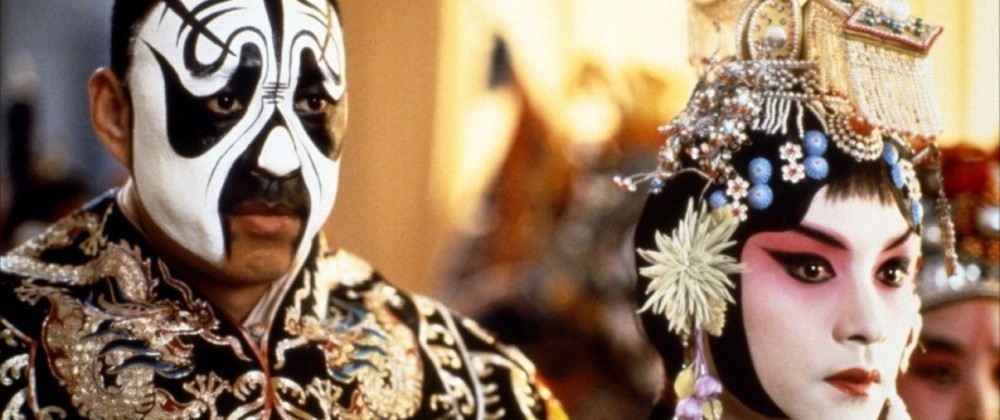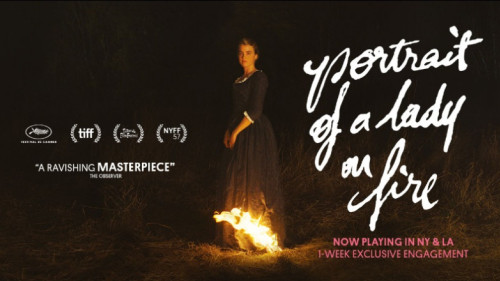Volume 10, Issue 8 / August 2006
Chinese Cinema
In this issue
-

The 4th Life
A Sapphic Film Noir
-
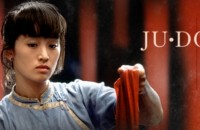
Memoirs from the Beijing Film Academy
International Cinema, and Chen Kaige and Zhang Yimou’s school days
-
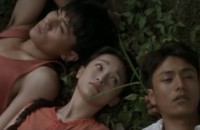
And Always Searching for Beauty: Balzac and the Little Chinese Seamstress
The Chinese Cultural Revolution
-
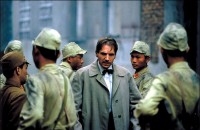
The White Countess: Merchant and Ivory’s Final Film
Dreamers and Realists
-

James Marsh’s The King
Southern Gothic
Three of this month’s featured articles are linked by the subject (and/or cinema) of China. First time Offscreen writer Guan-Soon Khoo reviews the final Merchant and Ivory film, The White Countess, which is set in Shanghai during the socially and politically turbulent 1930s. The co-directors are well known for their attention to detail and sense of place in rendering “remembered pasts.” In this case the political landscape of Shanghai is used as a backdrop for an examination of broken dreams and ideals (of both the romantic and nationalist kind). Daniel Garrett’s two essays stretch out to include the more recent yet no less turbulent period of the Cultural Revolution (1966-1976), with an historically informed review of Dai Sijie’s film Balzac and the Little Chinese Seamstress and a review essay of the recent book Memoirs from the Beijing Film Academy, written by a professor of the titular academy, Ni Zhen. Although personal, the book, as described by Garrett, is also a fascinating account of the historical, cultural and political landscape that formed the creative wellspring of the Fifth Generation filmmakers. Coincidently, in charting the period of recent Chinese cinema (the Beijing Film Academy started in 1956), Zhen’s book makes a nice companion to another recent book (2005), which charts the origins of Chinese cinema, An Amorous History of the Silver Screen: Shanghai Cinema, 1896-1937, by author Zhang Zhen. Making up the rest of this month’s issue are reviews of two single films: The 4th Life and The King. The first by Totaro is a review of a new film which has only recently played at the Ravenna Nightmare Film Festival, and the second, by Dooley, a look at the unjustly overlooked first narrative feature by James Marsh, whose first film was the highly original docu-drama Wisconsin Death Trip.

